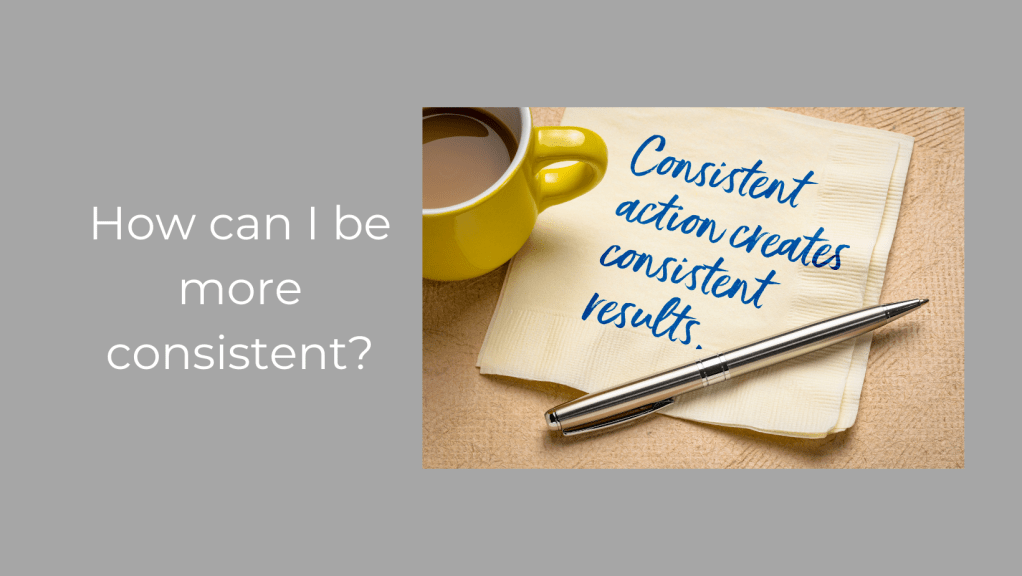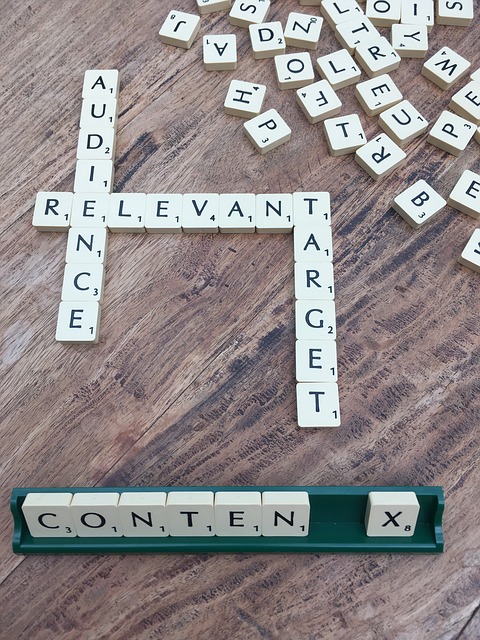What is Word of Mouth Marketing?
Word of Mouth Marketing seems like a pretty obvious one, but it is absolutely crucial to your business. It’s when your customer’s interest in your products or services is spoken about in their daily lives. In simple terms, it is free advertising generated by the experiences that your customers have with your business. This can be anything from a great customer service experience, where you have gone the ‘extra mile’ to help them with a problem, or maybe solved a problem they didn’t realise they had. Something extraordinary, or just a product or service that they are really pleased with and want to tell their friends and family all about it.
It really is one of the most powerful forms of advertising as 92% of consumers trust their friends over traditional media, according to The Nielsen Global Survey of Trust in Advertising.
Word of Mouth Marketing (or WOM Marketing) includes viral, blogs, emotional and social media marketing.
Example of WOMM
WOMM is all about creating a buzz around your business – your products or services. The more you interact with your potential target market and with your existing customers, the more the name and reputation of your business will spread. It kind of creates a snowball effect. For example, say you own a restaurant. You create a comfortable atmosphere, the food is great, the service is exemplary, BUT, not only do you do that, you make every single customer feel special. Their dining experience is perfect because you have gone above and beyond to exceed their expectations. When they leave the restaurant, they will leave a review on your social media site talking about the fabulous service they received, about what a great place it is to eat and what a wonderful time they had. That’s great, but the snowball effect is that they will not only leave a review , they’re also likely talk to their friends and family about what a great night out they had, and tell them they ought to try out your restaurant. This is part of the ‘creating a buzz’ scenario. And this can be followed up by you…
ALWAYS reply to reviews and feedback; thank customers for their comments and say how pleased you are that they enjoyed their meal at your restaurant. If you have a website, point them to the website to sign up to your newsletter, so they will be informed when you have special events on, (you might have live music nights, for example or do a special ‘Curry night’ or ‘Chinese night’). And advertise these events on your social media pages for those that don’t choose to sign up to a newsletter, (they’re not for everyone)!
Ask your customer who has left a glowing review if you can use it for your marketing. Share the review on your other social media sites, website and in your newsletter as ‘proof’ that your place is the best! If you get some really glowing reviews, you could ask the customer a few questions about why they enjoyed that particular evening – what made it special for them? Then you could turn this into a mini case study as to why your customers enjoy your restaurant…and give your customer their five minutes of fame, whilst at the same time making him feel very valued and that his opinion really does matter to you.
It’s all about TRUST
If a customer feels that they are listened to and valued, they will start to have an emotional bond to a particular business. This is the reason that most large Corporates have a whole team of people, who talk to their regular customers to discuss products, either with a personal visiting service, via a review of products the customer has (insurance products for example), or on the telephone. This works well as the customer feels that the company cares about them and is interested in what they are likely to do next in their lives. Let’s face it, this kind of interaction is not only to make sure that customer has the right insurance products, it’s also a fact finding mission to find out if there is anything else that could be sold to them in the future. But the point is that the customer feels that the company they have chosen cares about them.
No matter how big or how small your business is, TRUST is a huge issue and one that needs to be nurtured with every customer you have. If they trust that you have their best interests at heart, that you genuinely care about them and value their opinions, they will be loyal to you and will always be willing to try out new products or services that you offer. And, they’ll tell their friends that you have a new offer going on!
Can’t I just make up some great reviews?
Yes, of course you can, but this wouldn’t really achieve very much as you won’t have that real person going around telling their friends all about you. It may help you attract new business, but you’re starting off from a deception. There is an official body in the USA that has crafted a code of ethics for the industry.
“The Word of Mouth Marketing Association (WOMMA) is the official trade association dedicated to word of mouth and social media marketing. Founded in 2004, WOMMA is the leader in ethical work of mouth marketing practices through its education, such as WOMMA Summit, professional development opportunities, and knowledge sharing with top industry marketers. WOMMA’s membership is made up of the most innovative companies committed to progressing the word of mouth marketing industry through advocacy, education and ethics.”
https://expertfile.com/organizations/WOMMA-Word-of-Mouth-Marketing-Association
The word of mouth marketing strategies they promote are “credible, social, repeatable, measurable and respectful” and there is no tolerance for dishonesty.
How is WOMM different to referral marketing?
Word of Mouth Marketing is about creating that buzz, no matter what kind of business you have, how big or how small you are, or the kinds of products or services you offer. The more you engage with people, the more the name of your business and your business ethics will spread. It’s all about the snowball effect.
Referral marketing, on the other hand, is a more focused and targeted marketing media. It focuses your attention on a specific person to actively encourage that one person to refer their friends. It is a segment of WOMM, but it’s a more proactive way of generating new customers. You have control over the whole referral process to convert a particular customer to buy your products or services. This could be through the use of funnels, for example.
How to do WOM Marketing
Engage with your customers and potential customers, not just collect them. You might have hundreds, or even thousands of followers on your social media account, but are they all interested in what you do or sell? Or are they just there, not really interested, but more of a ‘follow for follow’ basis? Do they interact with what you post? Do they feel that connection with you? It’s about building engagement, building a relationship with followers that are genuinely interested in what you do and feel a connection to your business. The more passionate they are about you, your business, your products, your services, the more likely they are to share what you do, share your posts and tell people about their experiences.
If you set yourself up a strategy, there are things you can do to increase the WOM around your business…things like a partner programme, affiliate marketing and using reviews.
Your biggest marketing asset is your existing customer base, so create something worth talking about and encourage your existing customers to talk about it too.
- People trust their friends and what they have to say. Ask customers to refer a friend…you can give incentives to encourage that. For example, refer a friend and get 5-10% off their next order or get a free gift.
- When a customer has bought something from you, or used your services, ask them to leave a review.
- From the reviews that you get, identify something about your brand that has the possibility to generate a buzz or create something new that will generate that buzz.
- Get your existing customers on board – you could create a competition, with the winner receiving your new product or service.
Word of Mouth Marketing is a free and easy way to promote your business, but does take a bit of time and hard work. Gaining trust and engagement with your business is a two-way street, but when it works, you will have meaningful relationships with people who will become your best brand ambassadors.




















































